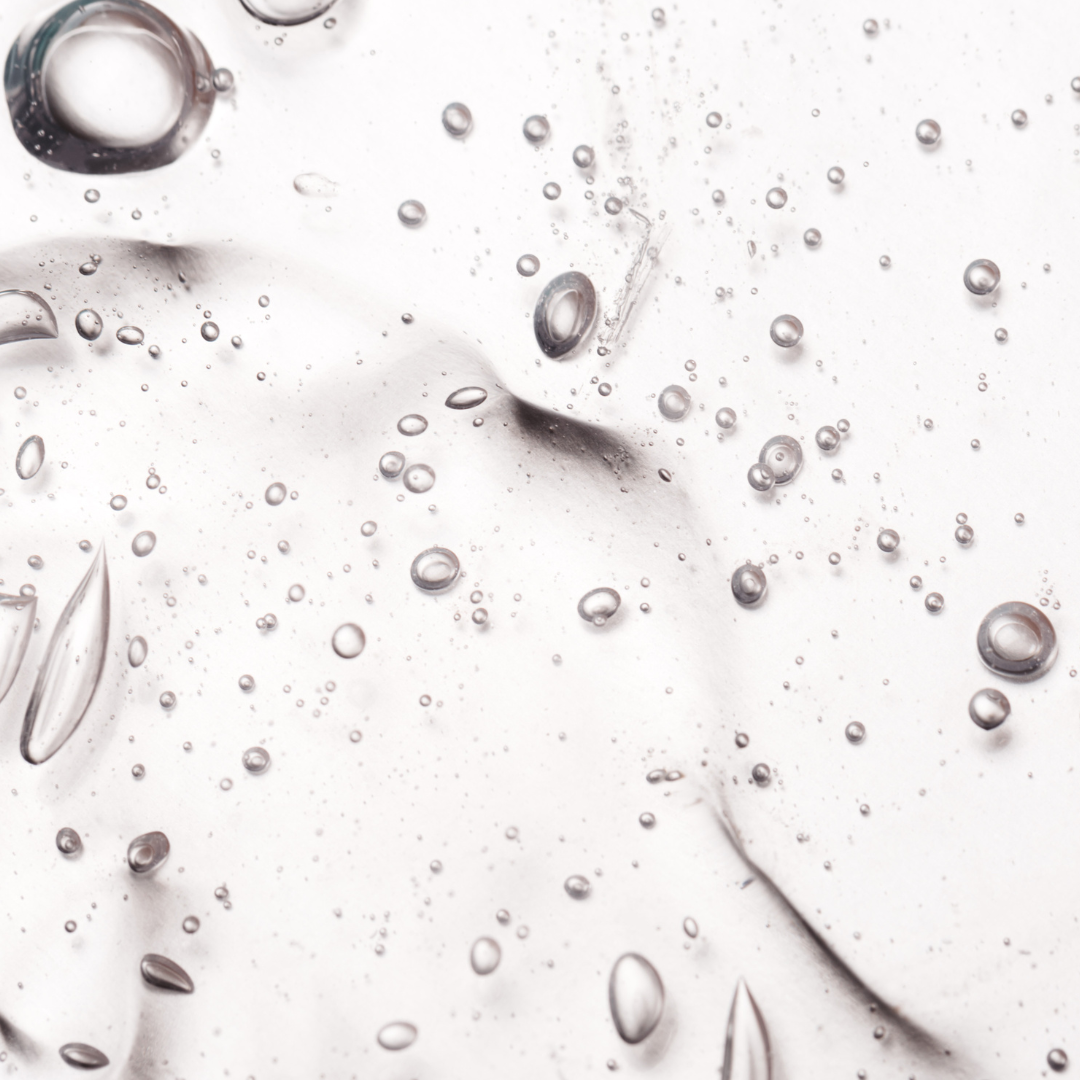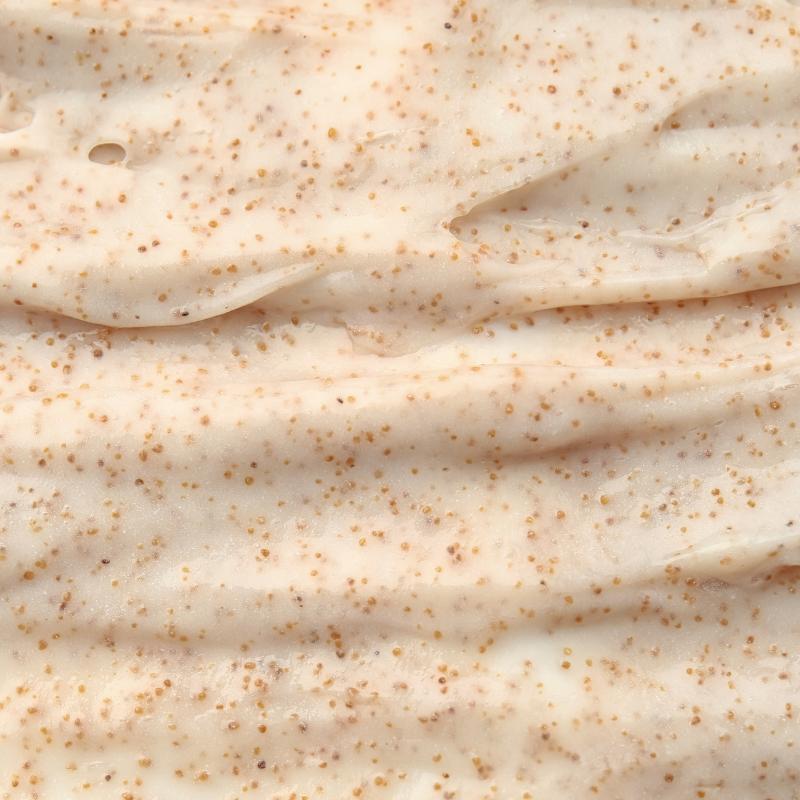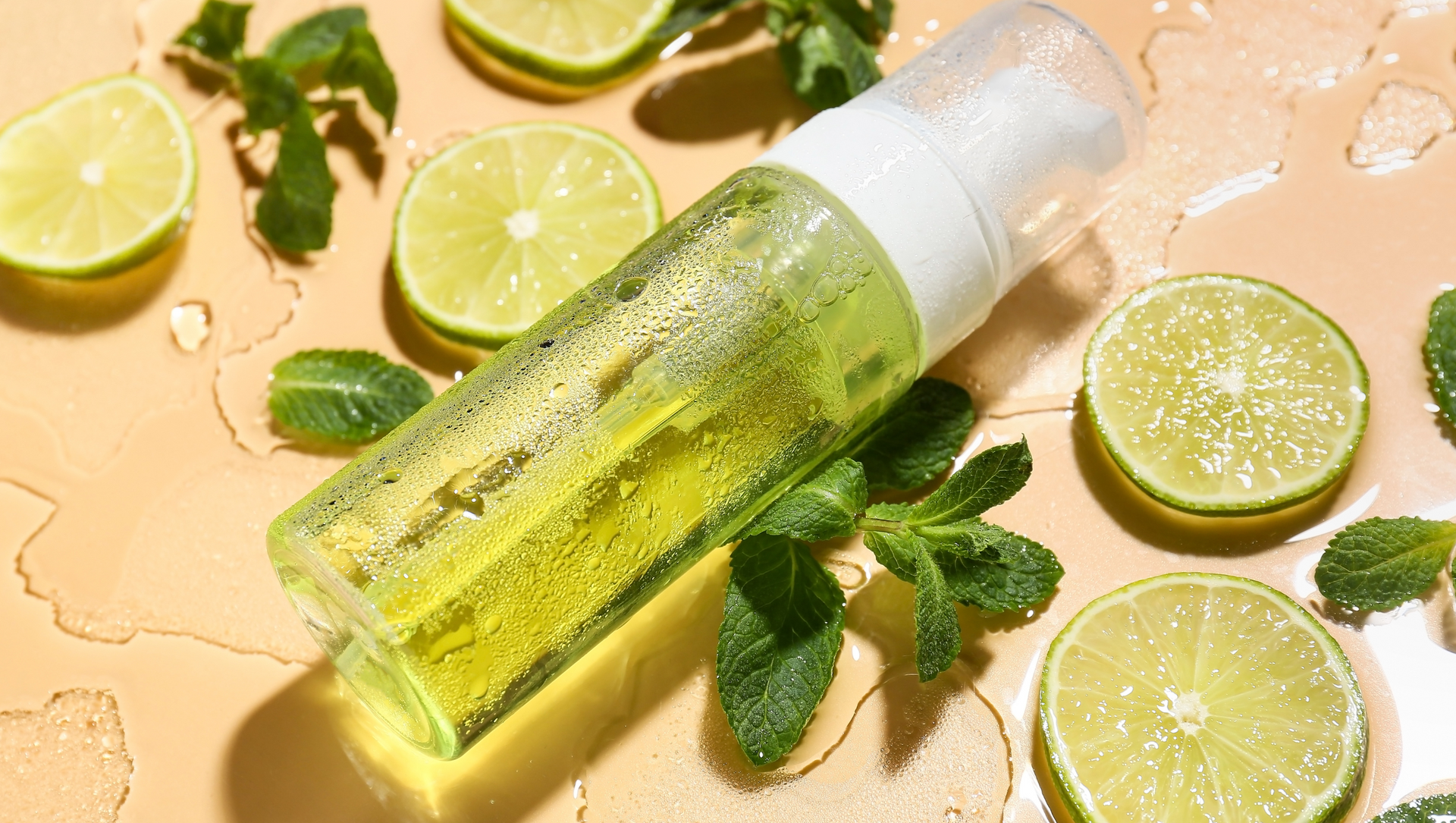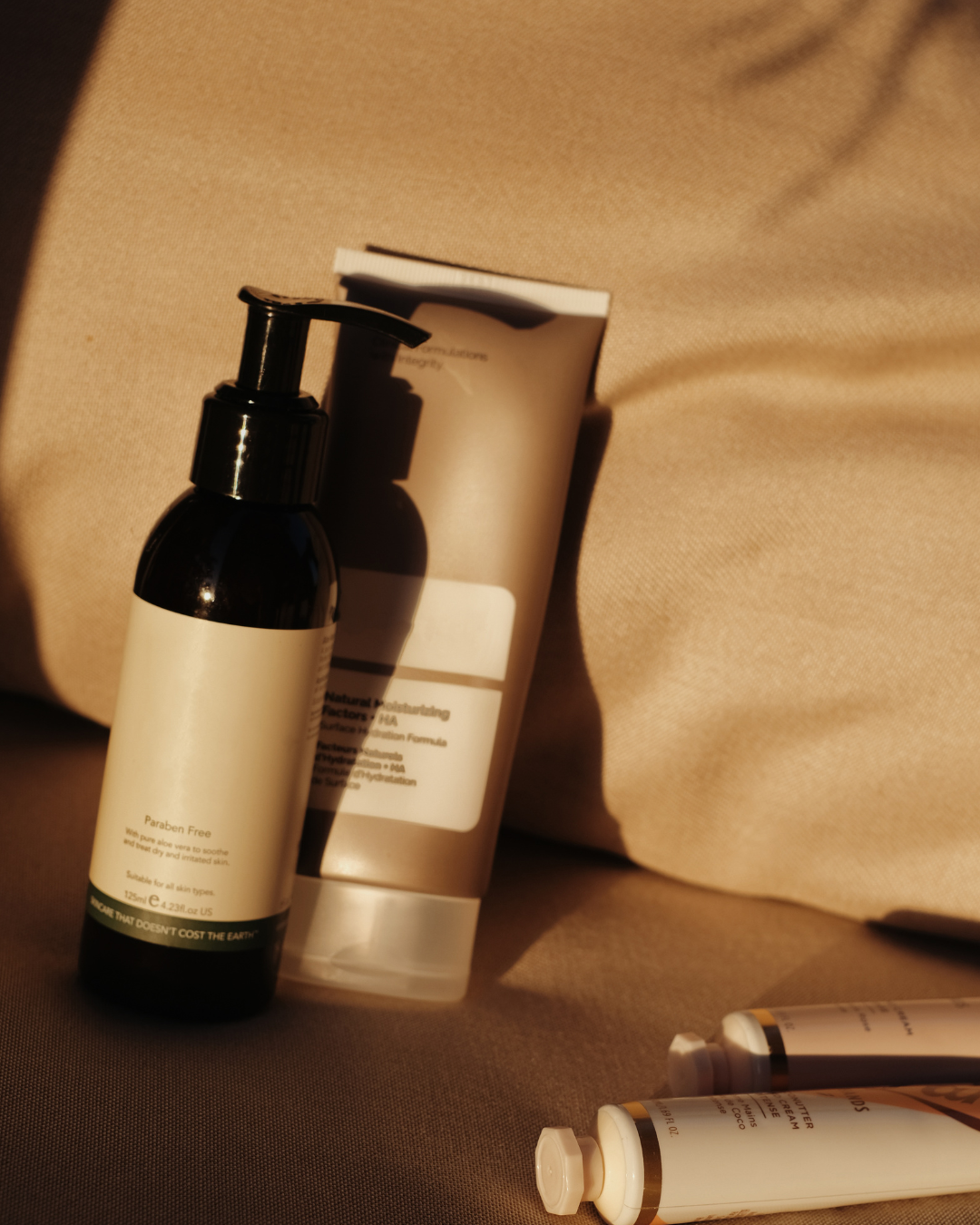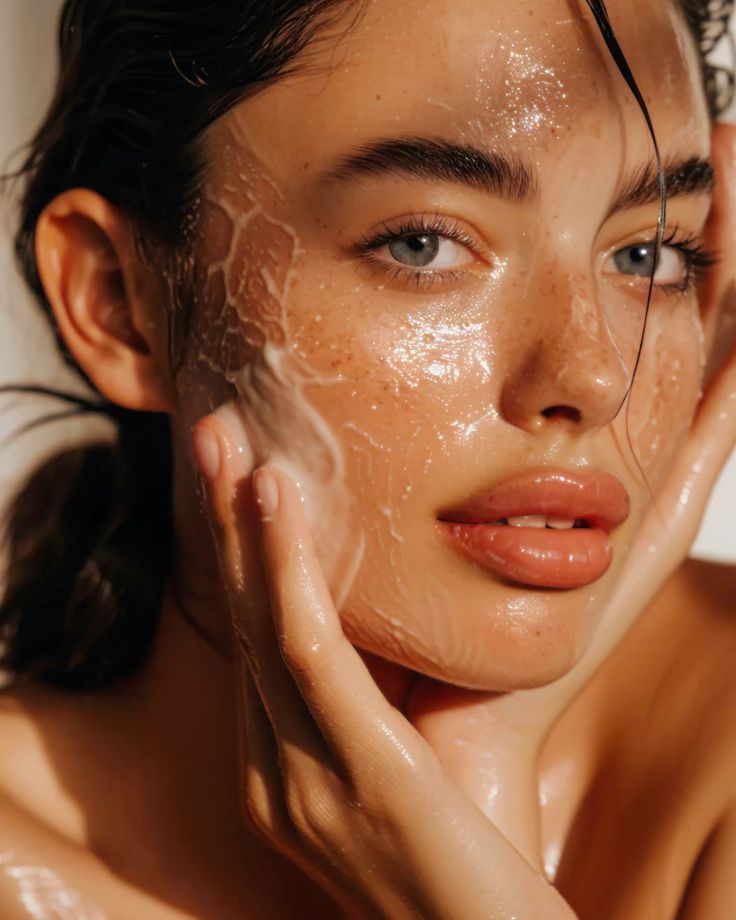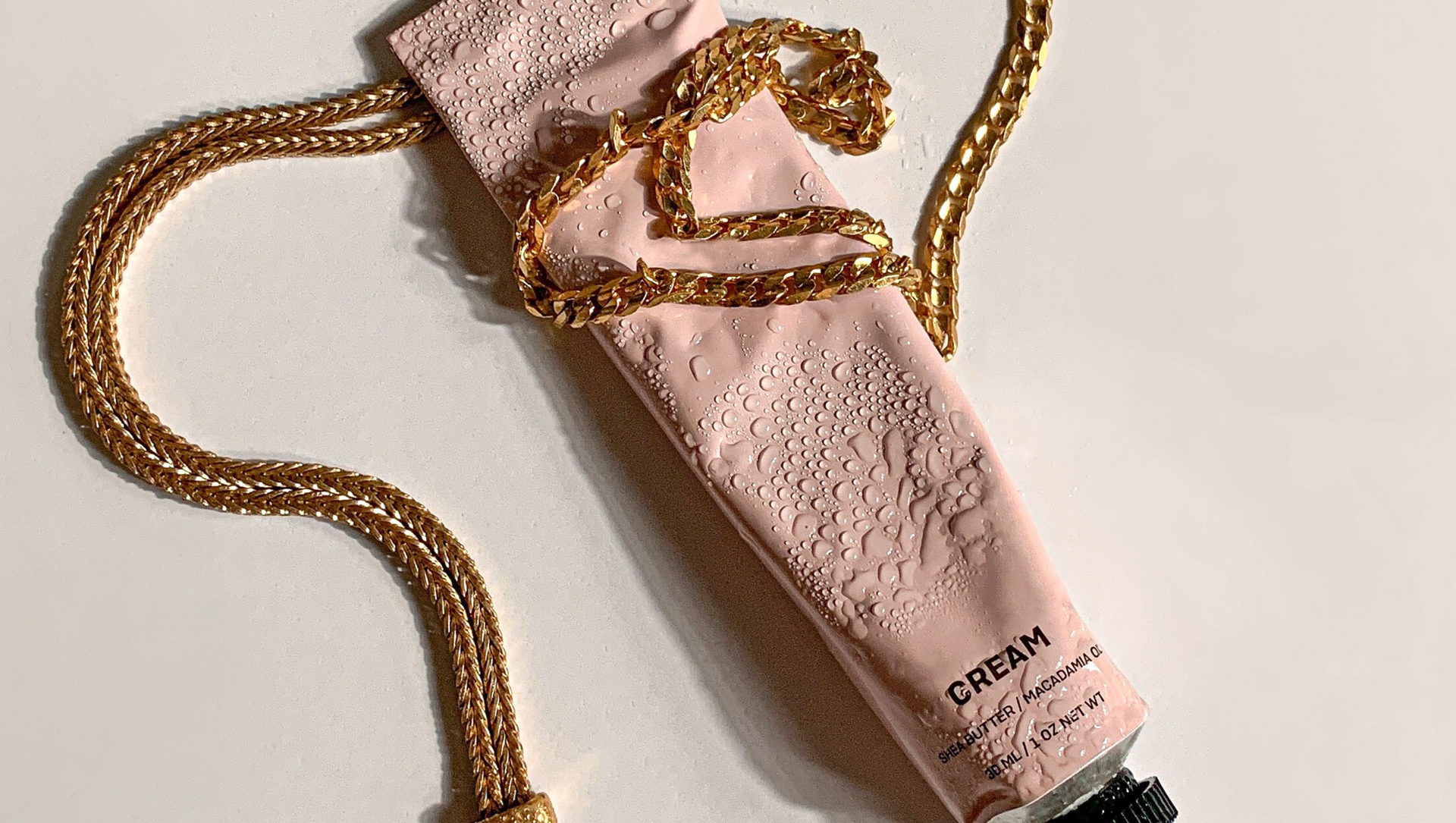What Is INCI and Why It Matters for Your Skincare Label
If you're developing a skincare or cosmetic product, you're going to run into four very important letters: INCI.
But what is it exactly? Why does it matter? And how do you make sure your labels are compliant?
At AURA, we help emerging beauty brands navigate this part of the process with ease — and in this post, we’re breaking it all down for you.
✅ What Does INCI Stand For?
INCI stands for International Nomenclature of Cosmetic Ingredients.
It's a standardized system for listing ingredients on cosmetic product labels. The purpose is to create clarity and consistency across all products, regardless of the brand or country of origin.
Instead of using marketing names like "Vitamin C" or "Aloe," the INCI names would be:
- Ascorbic Acid (Vitamin C)
- Aloe Barbadensis Leaf Juice (Aloe Vera)
💡 Why Is INCI Required?
INCI labeling is required in the U.S., Canada, EU, and most global markets. It ensures:
- Consumers know what they’re applying
- Consistency across international markets
- Compliance with FDA and FTC labeling laws in the U.S.
💥 If your label doesn’t use INCI names, you could face regulatory issues, product recalls, or retailer rejection.
📋 What an INCI List Looks Like
A proper INCI list appears on the product packaging in descending order of concentration — starting with the ingredient used at the highest percentage in the formula — until ingredients under 1%, which may then appear in any order
Example (INCI-compliant):
Water (Aqua), Glycerin, Cetearyl Alcohol, Dimethicone, Butyrospermum Parkii (Shea Butter), Phenoxyethanol, Fragrance (Parfum)
Common mistakes to avoid:
❌ “Shea Butter” instead of “Butyrospermum Parkii”
❌ “Preservatives” — must be listed by actual name (e.g., Phenoxyethanol)
❌ “Essential oils” without specific listing (e.g., Lavandula Angustifolia Oil)
🔍 INCI ≠ Ingredient Transparency
Just because your INCI list is compliant doesn’t mean your formula is transparent or marketable.
INCI is about regulation. Your
marketing claims and
"free from" language are separate — and need their own strategy.
At AURA, we provide both a compliant INCI list and product label for our clients.
📊 INCI, Order of Ingredients & Thresholds
In the U.S., the FDA requires ingredients to be listed in descending order by weight—until you hit ingredients that make up less than 1% of the formula. At that point, they can be listed in any order.
Key thresholds:
- Active ingredients (if making drug claims) must be listed in the Drug Facts panel (AURA does not manufacture OTC or Drug Products)
- Fragrance can be listed as "Fragrance (Parfum)"
🔧 How Aura Helps With INCI Compliance
At AURA, we handle your full INCI deck in-house as part of your custom formulation process.
We ensure:
- Every raw material’s INCI name is used correctly
- Your labels match the formula in your bottle
We’ll even prepare INCI decks ready for packaging designers, Amazon uploads, and retailer on boarding.
🧠 Frequently Asked Questions (FAQ)
Q: What does INCI stand for?
A: INCI stands for International Nomenclature of Cosmetic Ingredients. It is the globally standardized system used to list cosmetic and skincare ingredients on product packaging.
Q: Why is INCI labeling important?
A: INCI labeling ensures consistency, legal compliance, and consumer safety. It helps regulators, manufacturers, and consumers clearly identify the ingredients used in cosmetic products, regardless of country or language.
Q: Is INCI labeling required by law?
A: Yes. INCI names are required on cosmetic product labels in the U.S., Canada, the EU, and most regulated markets. Products that fail to use INCI names may face regulatory penalties or removal from retail shelves.
Q: How are ingredients listed on an INCI label?
A: Ingredients are listed in descending order by weight, starting with the highest concentration. Ingredients present at less than 1% can be listed in any order after those above 1%.
Q: Can I use common names like 'Shea Butter' or 'Lavender Oil'?
A: No. You must use the official INCI names—for example, Butyrospermum Parkii for shea butter and Lavandula Angustifolia for lavender oil.
🚀 Ready to Launch Your Product With Confidence?
Your packaging is more than just design — it's a legal and regulatory tool. We make sure your skincare or cosmetic product is both compliant and beautifully presented.

